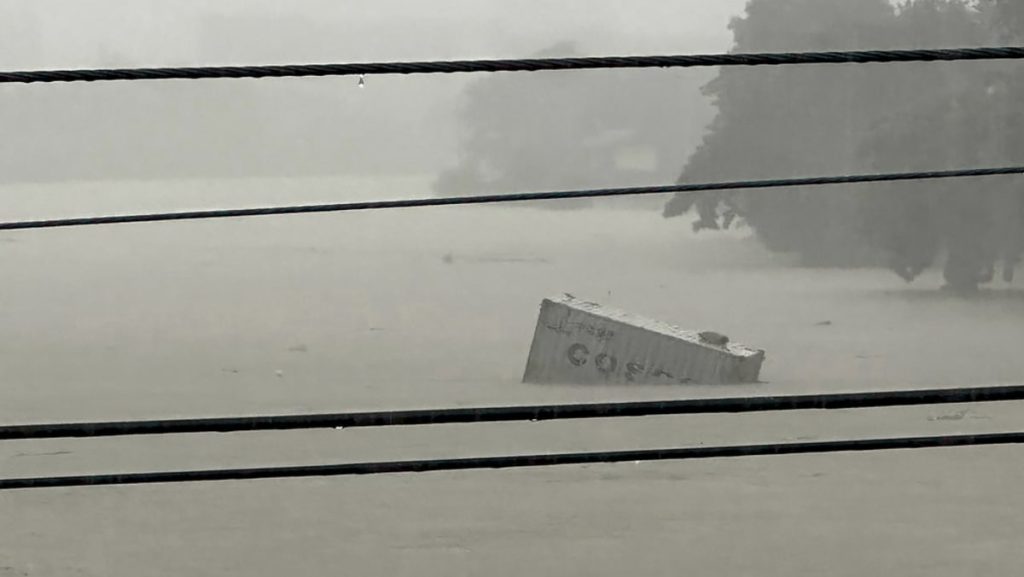The countries in Southeast Asia, which are most prone to natural disasters, were found to feel the best equipped to deal with them in a survey conducted by Gallup for the Lloyd’s Register Foundation. This may seem surprising, as one would think that areas with frequent exposure to hazards would be the most prepared. However, the research consultant with Gallup, Benedict Vigers, explained that other factors such as resilience and disaster risk management play a role in determining how prepared people feel.
The report highlighted the role of the Association of Southeast Asian Nations (ASEAN) in disaster risk reduction efforts, as well as the region’s effective early-warning systems, community approaches, regional cooperation, and access to disaster finance. Southeast Asia’s success in feeling prepared for disasters can be attributed to its high exposure to disasters, levels of resilience in individuals and society, and the region’s investment in disaster risk management.
Despite experiencing a similar number of natural disasters in the past five years, respondents in Southern Asia were found to feel less prepared compared to those in Southeast Asia. While 67 percent of Southeast Asians felt among the best prepared to protect their families and 62 percent had emergency plans, only 49 percent and 29 percent of Southern Asians reported the same. This indicates that feeling prepared for disasters is not solely linked to exposure but also to the region’s overall resilience and disaster risk management strategies.
In comparison, respondents from North America, which experiences fewer natural disasters than Southeast Asia, reported feeling only slightly less prepared. Those in Northern and Western Europe fell in the middle of the pack. This suggests that exposure to natural disasters alone is not the only factor that determines how prepared people feel, and that regions with effective disaster risk management strategies and resilient populations may feel better equipped to deal with disasters.
Overall, Southeast Asia’s success in disaster preparedness can be attributed to a combination of high exposure to disasters, levels of resilience in individuals and society, and the region’s approach to disaster risk management. The region’s wide-ranging strategies, such as effective early-warning systems, community approaches, regional cooperation, and access to disaster finance, have contributed to people feeling among the best prepared to protect their families. This study highlights the importance of not only being exposed to hazards but also having effective disaster risk management strategies in place to enhance preparedness for natural disasters.















